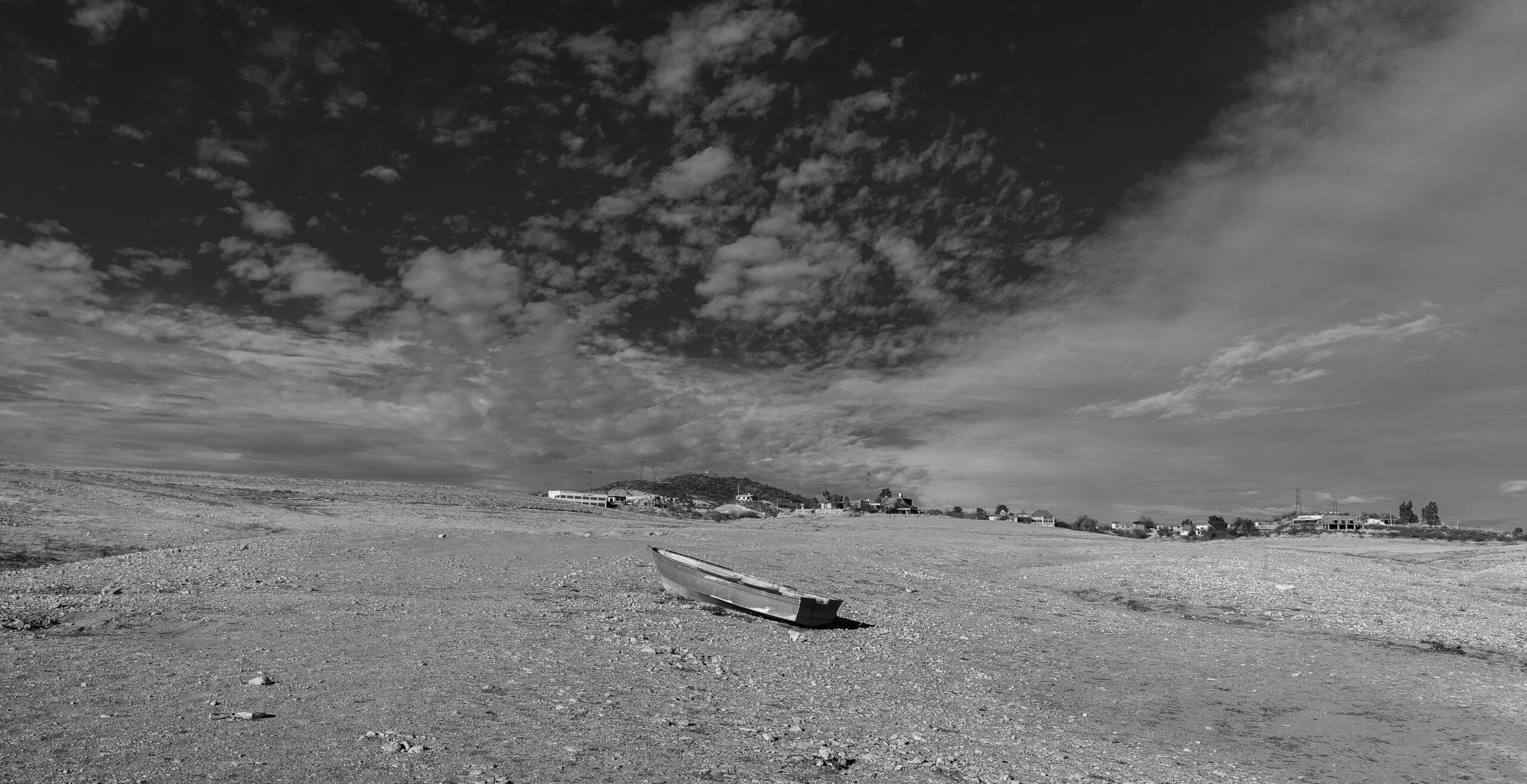Big River
In the course of writing a book recently on the history of insecticides, I found myself continually frustrated by the ease with which so many otherwise intelligent people made environmentally stupid choices. The only obvious explanation for their ineptitude in this regard was the ubiquitous allure of short-term financial gain. If larding the Earth with arsenic, lead, DDT, and organophosphates fuels factory farming, keeps balances in the black, and ensures affordable food for the masses, why not take such vast liberties with Mother Earth? If the deeper costs-the external ones-are legally omitted from the equation, why seek a new accountant? Business, after all, is business.

The Gulf Stream: Tiny Plankton, Giant Bluefish, and the Amazing Story of the Powerful River in the Atlantic
This explanation works-but only to an extent. There’s something intellectually lazy about automatically reducing environmental abuse to economic greed. Too often historians and activists follow the money with such hound-dog tenacity that we charge right past the more nuanced cultural components contributing to environmental degradation.
Foremost among these is an issue that’s not so much nuanced as hidden in plain sight: We are a nation of ecological illiterates. The averagely-educated member of the public isn’t simply ignoring the impacts of bioaccumulation, dentrification, and eutrophication to scratch our money-grubbing itch; we’re fouling the Earth because we have, generally speaking, no real sense of how widely these detrimental processes reverberate throughout an intricately entwined ecosystem. In fact, we have only the thinnest grasp of what an ecosystem is in the first place.
It is for this admittedly roundabout reason that I found The Gulf Stream to be such a valuable book. It’s a modest volume that lacks a clear argument, a chain of linked anecdotes rather than a narration of comprehensive evidence. Its style is more workmanlike than literary. Still, none of these critiques takes away from the fact that Stan Ulanski has written a multilayered and eminently insightful book about the way the natural world works. His topic is what the founder of modern oceanography, Matthew Fontaine Maury, has called “a river in the ocean”-the Gulf Stream.
Ulanski, a professor of geology and environmental science at James Madison University, reserves his most affecting insights for the complex interplay of biomass and environment that’s central to any real understanding of human-centered ecology-the kind of understanding that might make anyone with a concern for the Earth’s future care about the health of, say, the snail darter, or maybe think twice about drilling in the Arctic National Wildlife Refuge.
“[O]ur perceptions of the environment today are perhaps dulled by our dependence on instrumentation,” Ulanski points out early in the book. This choice observation reflects the author’s wise decision to approach his topic through an exploration of the historical discoveries leading up to our current understanding of the Gulf Stream, a force of nature empowered by the endless tango of atmosphere and ocean. It would most certainly have dulled the senses to have endured a sterile scientific account of “The History of Ocean Circulation” (Chapter 2). Ulanski is to be commended for focusing on the men and women (including Aristotle and Ben Franklin) who grasp after knowledge for knowledge’s sake, screw up, try again, and finally add small pieces to the puzzle of what makes this über Amazonian mass of water meander as it does. It’s compelling-and oddly comforting-to know that as late as 1992, scientists trying to chart the breadth of a Gulf Stream swirl (or “gyre”) did so by dumping 5,000 Legos over the side of a boat and mapping the pattern of their dispersal.
After placing the Gulf Stream in the context of water, air, and land, Ulanski turns to the life it harbors. It’s here that the text goes from interesting to riveting. He shows how “rafts of sargassum” provide the floral foundation for a “floating jungle” of biodiversity. Dinoflagellates, “phytoplankton pastures,” Portuguese men-of-war, pipefish, jellyfish, eels, and post-hatchling sea turtles comprise the “drifters and floaters” of a world the Discovery Channel only wishes it could capture in such splendid complexity. The plants and animals themselves are fascinating, but it’s the fine-tuned symbiosis binding them into a web of dependency that reminds us that nature is more about what we don’t see than what we do, and more about relationships than entities.
Ulanski dedicates an entire chapter to one of the Gulf Stream’s most conspicuous, and certainly most profitable, creatures-the bluefin tuna. This chapter is studded with lots of gee-whizardry, such as the fact that a single, mature giant bluefin once sold for $68,503. But again, it’s the intimate relationship between species and environment that best underscores Ulanski’s promotion of ecological awareness. While 99.9 percent of tuna hatchlings die soon after they’re born, the 0.1 percent that survive to adulthood do so with bodies sculpted by millennia to embrace the Greek meaning of the name tuna: to rush. Ulanski skillfully presents the fish as the “pinnacle of marine engineering,” and in so doing manages to make discussions of such ephemera as caudal peduncles, little finlets, and ram ventilation compelling. I won’t elaborate here other than to note that the only thing that actually moves when a tuna bolts through the deep blue hues of the Gulf Stream is its small caudal fin, located at its rear, beating away at 20 times per second. Underlying every factoid is the larger point, which never fades: no Gulf Stream, no caudal fin; no caudal fin, no Gulf Stream.
It’s not only aquatic organisms that interact on such close terms with the natural world. There are also people. After a somewhat distracting discussion of his own experiences fishing the Gulf Stream, Ulanski concludes with two historically competent chapters on the exploration and colonization of the Americas. From seafaring explorer Christopher Columbus to navigator John Cabot, from tradesman Henry Hudson to sailor Christopher Newport, and from Ben Franklin to Herman Melville, Ulanski shows how the evolution and convergence of the Caribbean and Atlantic societies around the Gulf Stream enabled the emergence of a global economy whose legacy is still with us. That this economy depended so heavily on extractive and exploitative ventures that set the precedent for centuries of environmental havoc is an irony-even if Ulanski doesn’t hammer the point-that won’t escape perceptive readers.
In a country that still harbors a mentality encouraging presumably educated adults to chant “drill, baby, drill” at a national political rally, it’s one of many ironies a book like Ulanski’s can help us grasp.
Contributing writer James E. McWilliams is the author of, most recently, American Pests: Our Losing War on Insects from Colonial Times to DDT.


